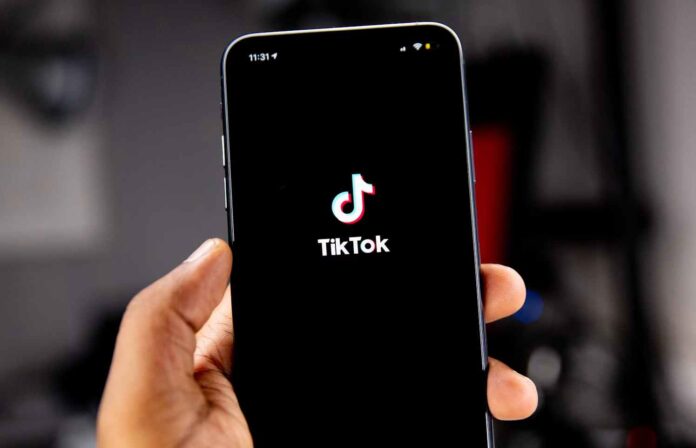- Hackers are using TikTok videos to spread malware called Aura Stealer.
- The scam tricks users into running fake activation commands for popular software.
- Aura Stealer steals passwords, cookies, and cryptocurrency data from infected systems.
- Experts urge users to avoid suspicious commands and only use official software.
A new wave of cyberattacks is spreading through TikTok, using seemingly harmless videos to trick users into installing malware. Cybersecurity experts have discovered that attackers are using tutorial-style videos that claim to unlock or activate popular software for free. In reality, these videos instruct viewers to run malicious commands that secretly install dangerous programs designed to steal personal data.
How the Scam Works
Researchers from several security firms have reported that multiple TikTok videos are encouraging users to “activate” premium software such as Windows, Microsoft 365, and Adobe Premiere. Some even offer fake activations for entertainment services like Netflix and Spotify. The videos typically display simple step-by-step instructions and encourage users to paste a command into the Windows Run box or PowerShell.
This is where the real danger begins. The command looks like a legitimate activation shortcut but is actually a malicious code that connects to an external server. Once executed, it installs a piece of malware known as Aura Stealer.
Aura Stealer quietly operates in the background, stealing browser passwords, authentication cookies, cryptocurrency wallet information, and login credentials from other applications. In many cases, this data is sent directly to hackers who then sell it or use it to access victims’ accounts.
Experts also discovered that in addition to Aura Stealer, some versions of the attack include a second malicious file. This file is downloaded automatically and runs hidden code on the computer, allowing attackers to control the system or install even more harmful software.
Why TikTok Has Become a Target
TikTok has exploded in popularity, attracting billions of users who often trust what they see on the platform. Many younger users follow quick tech tutorials without realizing the potential risks. The short, visual nature of TikTok videos makes them perfect for social engineering attacks, as viewers can be easily persuaded to try a “hack” or a “trick” that promises something for free.
Cybercriminals are taking advantage of this trust. By using familiar branding and trending hashtags, they make their malicious videos look like genuine tips or tech shortcuts. The result is a massive potential audience of unsuspecting victims who may unknowingly compromise their devices.
The Evolution of the ClickFix Attack
The method behind these TikTok scams is not new. Security experts recognize it as part of the long-running ClickFix technique. This approach has been around for decades and has evolved alongside the internet.
In the early 2000s, ClickFix scams appeared as browser pop-ups warning users about fake viruses. Later, scammers began distributing “free” activators and cracked software on websites and forums. Now, the same trick has moved to social media platforms, where short-form content makes it even more effective.
The key element is always the same — the attacker convinces the user to take a quick action, often presented as a solution to a problem. Whether it is activating software, unlocking a feature, or fixing an error, the end goal is to make the user run malicious code.
How to Stay Safe
Security researchers advise users to stay alert and skeptical of any video, website, or message that offers free software activation or “exclusive” versions of popular programs. No legitimate company distributes activation tools through social media.
Only download software from official websites or trusted app stores. Never copy and paste commands from unknown sources into your system terminal or PowerShell. Even a single line of code can give attackers complete access to your computer.
Keeping your device secure also means staying updated. Install system updates regularly and use reliable antivirus or antimalware software. These tools can detect and block many known threats before they cause harm.
It is also wise to use a reputable ad blocker, as many fake software offers appear in online ads. Always double-check any message or video that asks for urgent action or promises a shortcut that seems too good to be true.
Cybersecurity experts emphasize that prevention is the best defense. Once malware like Aura Stealer infiltrates a system, recovering lost data or stolen credentials can be extremely difficult.
TikTok has not yet issued a formal response to these reports, but users are encouraged to report any suspicious videos they encounter. This helps the platform identify and remove harmful content before it spreads further.
Malware attacks will continue to evolve, but awareness remains the strongest protection. By understanding how these scams work and recognizing the warning signs, users can avoid becoming victims of the latest social media threat.
Follow TechBSB For More Updates

